Very often, gardeners when planning their garden pursue a lot of goals at the same time. So, plants should bring not only aesthetic satisfaction, but also give delicious and useful fruits. This problem is especially coming to the forefront, if the area area does not allow a large number of trees and bushes. One of these plants is the Gumi or as it is also called - Loch multi-flowered. Beautiful shrub, fruitful tasty and healthy fruits, will become a real decoration of the country area. About the fact that such a loss is a multi-flower Gumi, how to land and care, we will also tell me further.
Loch multi-flower Gumi: plant description
Homeland Loha Multi-Filder is South China. A plant grow in Japan, on Sakhalin, China and other countries of Southeast Asia. Due to the fact that the natural habitat habitat is a soft climate, it does not boast of frost resistance, so it makes no sense to plant a smoke in areas with harsh winters, the plant may just die.
Culture Characteristics:
- As already written above, the Loch multilateral is a small shrub height from 1.5 m to 2 m.
- Its branches are a bit curved and have a few barns on their surface. Escape bark has several shades from light gray to dark brown.
- The leaves of the plant slightly oblong shape, green from above and with a silver tinge below.
- Flowers Loche multi-flowered small hay flowers. For better pollination in one site, it is recommended to plant more than one shrub, but, in principle, the guises greatly lives and fruits and alone.
- Flowers have the shape of bells and differ in a very strong and pleasant aroma, which attracts a large number of insects.
- The fruits of the loach of the multi-flowered are a cylindrical mold berry, up to 2 cm red. They differ in peculiar and very pleasant taste. They are successfully used both in fresh form and in the form of compotes, brazers, jams of them.
- According to nutritionists, the fruits of Loch multi-flowered are very useful for health, since they have more than 10 amino acids that are necessary for the human body. The Japanese do not in vain consider this plant with a tree of youth. Even dried leaves are used to prepare a ragger from a cold. Quite often from berries prepare a delicious tincture.
Loch multi-flower gum: landing with her own hands
The landing of this culture is carried out in autumn or spring. The most favorable periods are considered to be the second half of September or the second half of April. Before starting the planting process, it is necessary to choose a plot. It should be well lit, to have a flat surface without stagnation of melt water. It is desirable that the shrub is protected from wind from the north side. From the soils most preferred for landing guises are sandy or loam.
Planting order:
- Choosing a plot, it must be carefully prepared. The very first thing is to get rid of weeds. The region is then dripped down the depth of the bayonet shovel. During the processing process, you need to remove the remaining weed roots. Otherwise, after the first rain, they will germinate again.
- The size of the plot for landing of the Loch multicolor depends on the number of bushes that will be planted. The distance between them for normal growth and fruiting should be at least 2 meters.
- Small pits of half-meter depth digged for disembarking the bush. The drainage is laid on their bottom of them. It is used as a pebble or broken brick. If they are not, you can pour a small layer of sand.
- The next step in the pit is poured a mixture of soil with humus in equal proportions. It adds 0.2 kg of superphosphate and 0.7 kg of wood ash. The whole mixture can be poured in the form of a cone so that when planting its roots, it was placed on the slopes of the cone.
- Before boarding, you need to view the roots of the plant. They should not have noticeable traces of rot, damage. "Bad" roots need to be removed, and the place of cutting is treated with garden booth.
- The plant is placed on the cone, frame roots, and poured with water. As soon as the water is absorbed, the pit is falling asleep with soil and tamper, and the top is a little water. On one bush of the loach of the multi-flowered account for about 10-12 liters of water.
- After plugging the soil, be mounted with sawdust, humidiation, peat, etc. Thanks to this, the moisture in the ground will be maintained for a longer time, which will help in the growth of the Gum.
Caring for Loch Multi-Fiviful Gumi
This shrub does not require special attention:
- The main component of the Gumi care is watering. The plant does not tolerate a long drought and can just die if it is stopped to water. That is why watering should be abundant and timely. However, it is impossible to overdo it. If the soil drainage is very bad, too abundant watering can lead to the development of fungus and rotting roots. Therefore, in the matter of irrigation, the "Golden Middle" should be observed.
- The soil in the area of \u200b\u200bthe priority circle must be poured and mulched. Do it after watering when the top layer gets up. This will help keep moisture in the ground and provide air access. Be sure to pull out weeds. It is necessary to do it with the root, since the surface can only give a short-term result.
- Special attention should be paid to the preparation of Hums by winter. This is a very thermal-loving plant, respectively, for the successful passage of the winter period in medium latitudes it should be insulated. To begin with, all shoots are collected together and associated with twine. It is necessary to do it carefully, so as not to damage the branches of the bush. After that, all the plant is covered with a weakening material. It can be agriched or other insulation for trees. It is also fixed with twine. Corn guys are covered with leaves. It is necessary to do it very carefully, as the leaves can accumulate pathogenic mushrooms or pests.
- With a sufficiently snowy winter, the plant can be covered with a layer of snow. This technique is used quite often. Snow is one of the best natural insulation. In the spring with the first thawing material, it is necessary to remove the plant in time so that the plant does not have breakdown under it, because it will certainly do not benefit the shoots.
Loch multi-flower Gumi - reproduction
The process of reproduction of this culture is practically no different from the reproduction of other shrubs. Saplings Gui Loch Multi-Deck can be bought, but it is better to spread it with their own hands.
As a rule, it is breeding in three ways:
- Sowing seeds Gumi.
- Disposals.
- Porn.
The first method is extremely rare, as it gives results in only a few years. Typically, the seedlings of green farms on an industrial scale are obtained. The bones of the Gum should be in front of the spring sowing. For autumn sowing such a procedure is optional.
The order of seed reproduction:
- In the fall, seeding is made in the wells at a distance of at least 20 cm apart. Sowing depth must be no more than 3-4 cm. Otherwise, the sprouts will take place too long.
- For the winter, sowing place is to cover the film so that seedlings in case of a sharp cooling do not frozen.
- In the spring, after the appearance of germs, they are neatly reborn. After the shoot has finally formed, it can be planted for a permanent place. If the sowing is planned for spring, seeds make stratification. To this end, they must be separated from the pulp of fruit and rinse well. Then they are mixed with sand and lay in the soil at a depth of no more than 30 cm until spring.
- Approximately a month before sowing, the seeds dumped and mixed with the substrate, after which the mixture on a polyethylene film is neatly thin layer. After small sprouts appear, they are evicted in a greenhouse. The landing of the seedlings of the Loch Multi-Filder Gumi is carried out only after several shoots appear on them.
The simplest method - reproduction with removal:
- To do this, the branches of the plants that grow closest to the soil are used. Choose the most severe of them and gently tilted to the ground.
- In the middle of the branches make a small incision. The sandbreaker is leaning the branch to the ground, pressed and poured with soil.
- You need to water the discharge with the parent plant. As soon as the root system is formed, it is filled and separated from the plant. The field of what is planted on a new place.
Reproduction of the pig. Any shrub runs around a pig. Usually it is cleaned so that she does not take the power from the parent plant. However, such a piglet can become a very good material for breeding the Loch multi-flower. To do this, it is necessary to carefully dig up the most advanced sprout and cut it off from the mother root. After that, it is planted for another place like a separate bush.
Loch multi-flower Gumi - Diseases and pests
In the native climate, the Loch multi-flower climate is quite rare, but in the average latitudes of the disease of this plant happen quite often. The main catalyst for the occurrence of problems is the wrong care - a rare or too abundant watering, the absence of mulching of the soil or the fight against weeds.
The most common disease of this plant is philosticosis. It is manifested by early twisting and falling tree leaves. If such a problem appeared, it is necessary to remove and destroy the fallen leaves in a timely manner, as well as spray the plant with fungicides, such as EUPares.
From the pests of all more problems are given:
- Multician leaf.
- Rose leaflet.
- Fruit leaflet.
- Multician knop.
You can cope with the pests with the help of drugs - "Aktara", "Aktarafit", "Aktressik", "Inta-Vir".

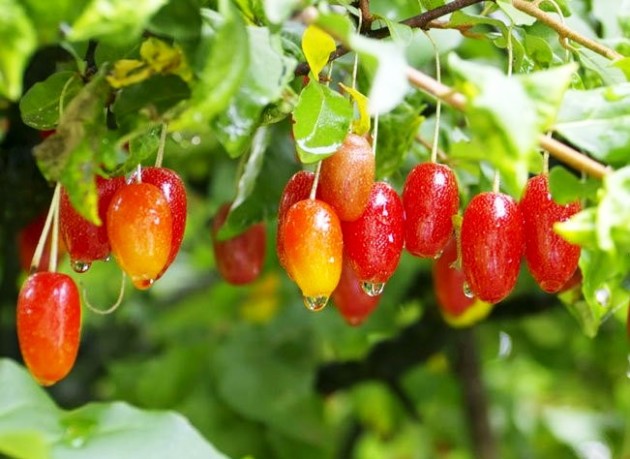

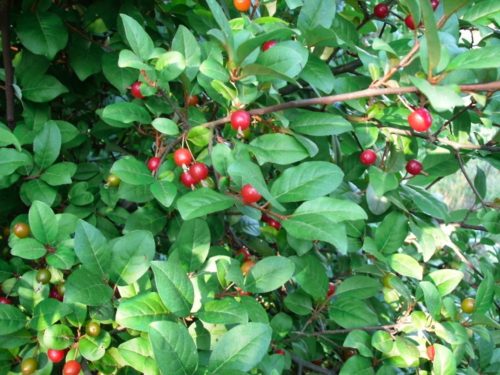
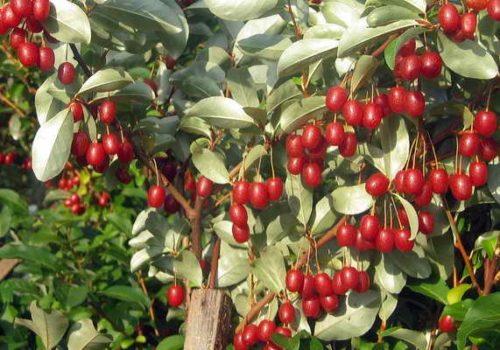
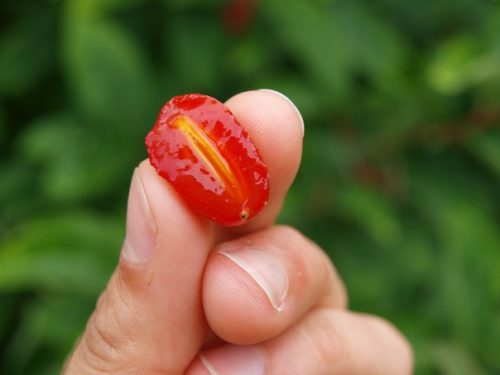
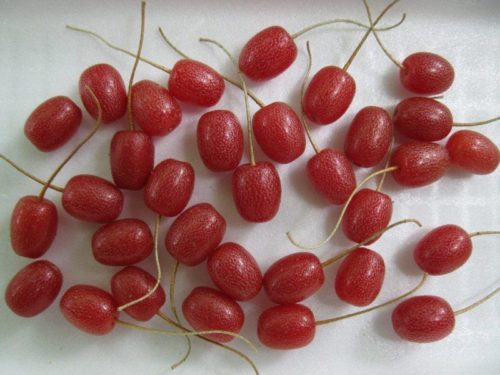

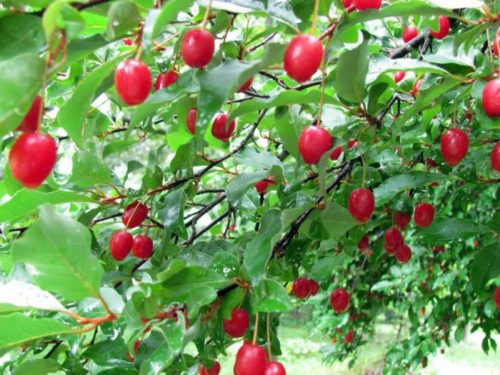
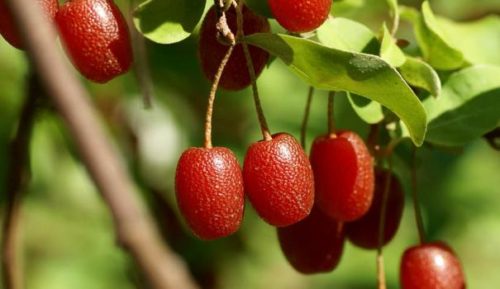
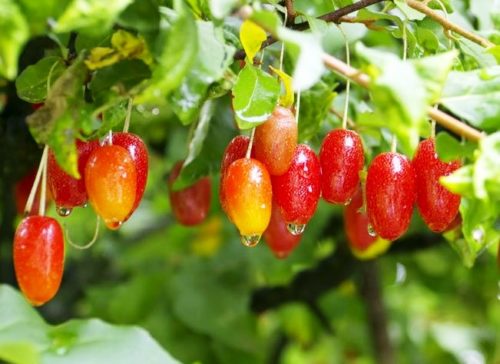
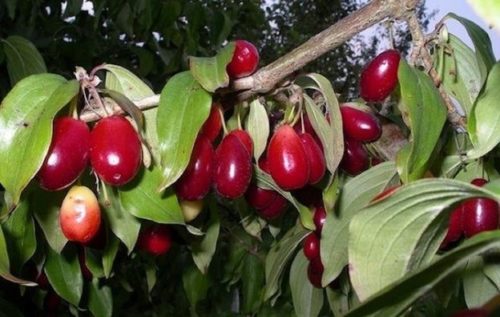
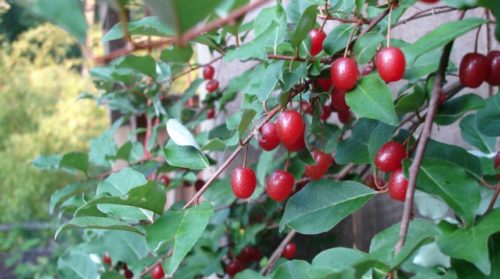












 Start a discussion ...
Start a discussion ...